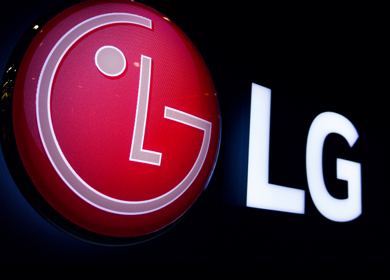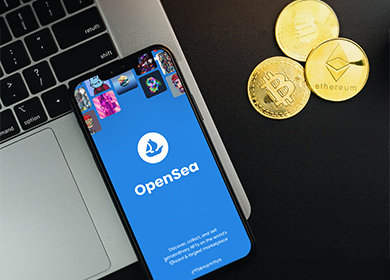Horizon introduces Neon, a predictive artificial intelligence tool that optimizes media spend across retail ad networks.
Published: January 18, 2023

Horizon Media’s e-commerce consultancy, Night Market, is launching an artificial intelligence tool, Neon, that plans and optimizes campaign investments across retail media networks such as Amazon, Walmart, and more. Neon enables in-campaign changes to shift investments among networks, products, and tactics based on predicted results.
Neon allows advertisers to understand the impact of their media across multiple retailers, moving media investments from a cost center to a revenue driver. Individual retail networks can do this within their own boundaries, but advertisers want to understand their investment across retailers. To address this issue, we recognized that a truly innovative solution was necessary. As a result, we decided to create and build the capability. Our highly-skilled data and technology team successfully developed our patent-pending platform.
Randy Browning,
President of Night Market
The predictive AI model touts the following planning and optimization features:
- Forecasts to the tactical level and optimizes in-market spend in real-time at the SKU level
- Normalizes relationship between historical MMM ROI, client sales data and retailer reported ROAS to predict quarterly ROI
- Predicts optimal media spend across retailers to deliver a revenue goal
- Optimizes in-market spend in real-time by predicting thousands of micro optimizations across retailers or by tactic with a specific retailer to improve ROI
- Evolves merchandising of product display pages (PDP) to predict and direct media to the client’s best performing products across retail networks and compared to competitor PDPs within a network
Hershey, the well-known chocolate manufacturer, is one of the first brands to leverage this tool and is excited to explore its potential to accelerate their business in retail media measurement and product merchandising.
The Rise of Retail Media Networks: Opportunities and Challenges
As major digital retailers such as Walmart and Amazon continue to grow, retail media networks (RMN) have become a core component of the media mix for enterprise brands. Currently, retail media accounts for around 10% of global ad spending and is projected to surge in the future.
With RMNs, marketers can gain access to a retailer’s first-party data, such as purchases made at the point of sale, and fine-tune their targeting capabilities with personalized messaging. Moreover, accessing first-party data from retailers is a privacy compliant replacement for cookies.
Thus, to maximize the opportunity that RMNs provide, a predictive tool like Neon can aid enterprises in better streamlining their ad investments. As brands race to keep up with the evolution of RMN, the need for tactical and actionable insights is a constant priority.
Customers are buying products and interacting with brands via numerous retail channels. The data they create in this process can unlock promising opportunities for media investment and digital strategy.
For many marketers, acquiring the resources to activate RMN at scale is daunting. Brands that are new to the space or lack resources to activate RMN campaigns are partnering with teams that can provide the necessary assets.
A key challenge with RMNs lies in activating shopper data and allocating campaign budgets since these networks tend to be more expensive than a DSP, IRI or other ad tech entities. Besides, they all have different metrics and KPIs that make direct comparison cumbersome. An automated tool with predictive capabilities can indeed aid businesses in planning their marketing budgets and making informed media choices.










Be the first one to comment.